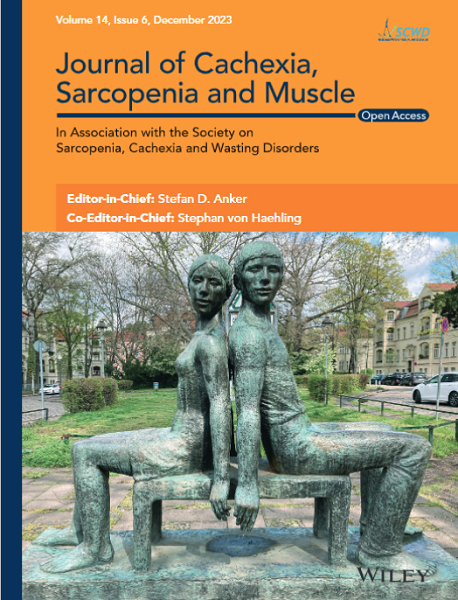Prevalence and Prognostic Significance of Sarcopenia in Gynecologic Oncology: A Systematic Review and Meta-Analysis
Abstract
Background
Sarcopenia in gynaecologic oncology patients has garnered increasing attention, but its prevalence has not been comprehensively summarized. This study aims to integrate the prevalence of sarcopenia in this population through systematic evaluation and meta-analysis, providing a reference for future clinical research.
Methods
A computerized search of PubMed, Embase, The Cochrane Library, Web of Science and other databases was conducted to collect relevant literature on the prevalence of sarcopenia in gynaecologic oncology patients and its impact on prognosis, with a timeframe from the inception of the databases to July 2024. Two researchers independently screened the literature, extracted information and assessed the risk of bias. After evaluating the risk of bias, a meta-analysis was performed using RevMan5.4 software. This systematic review was conducted using a previously published study protocol (PROSPERO: CRD42024565094).
Results
A total of 24 studies encompassing 4136 patients were included. The meta-analysis revealed that the prevalence of sarcopenia in gynaecologic oncology patients was 38.8% (I2 = 96%, 95% CI [0.49–0.79], p < 0.001). Subgroup analysis indicated that the prevalence of sarcopenia was higher among patients with endometrial cancer or ovarian cancer, those over 60 years of age, individuals with a body mass index (BMI) greater than 25 kg/m2, those diagnosed using the psoas muscle index (PMI) and patients assessed at the L4 vertebra. Overall survival (OS) was significantly lower in patients with gynaecologic tumours combined with sarcopenia compared to those with gynaecologic tumours alone. However, no significant differences were observed in progression-free survival (PFS), mortality or length of hospital stay.
Conclusion
Sarcopenia has a high prevalence in gynaecologic oncology patients. Healthcare professionals should prioritize early screening and preventive measures for high-risk patients.


 求助内容:
求助内容: 应助结果提醒方式:
应助结果提醒方式:


